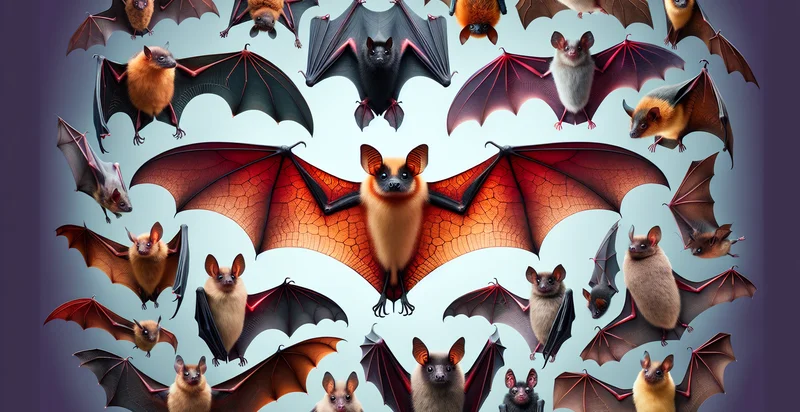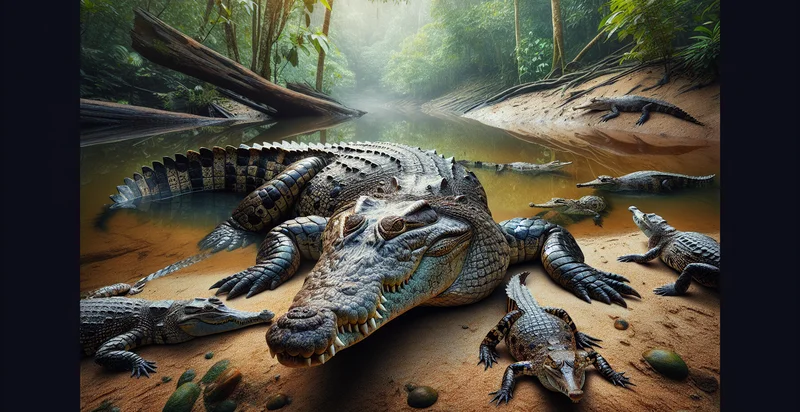Identify whale species
using AI
Below is a free classifier to identify whale species. Just upload your image, and our AI will predict which species of whale it is - in just seconds.

Contact us for API access
Or, use Nyckel to build highly-accurate custom classifiers in just minutes. No PhD required.
Get started
import nyckel
credentials = nyckel.Credentials("YOUR_CLIENT_ID", "YOUR_CLIENT_SECRET")
nyckel.invoke("whale-species-identifier", "your_image_url", credentials)
fetch('https://www.nyckel.com/v1/functions/whale-species-identifier/invoke', {
method: 'POST',
headers: {
'Authorization': 'Bearer ' + 'YOUR_BEARER_TOKEN',
'Content-Type': 'application/json',
},
body: JSON.stringify(
{"data": "your_image_url"}
)
})
.then(response => response.json())
.then(data => console.log(data));
curl -X POST \
-H "Content-Type: application/json" \
-H "Authorization: Bearer YOUR_BEARER_TOKEN" \
-d '{"data": "your_image_url"}' \
https://www.nyckel.com/v1/functions/whale-species-identifier/invoke
How this classifier works
To start, upload your image. Our AI tool will then predict which species of whale it is.
This pretrained image model uses a Nyckel-created dataset and has 15 labels, including Blue Whale and Fin Whale.
We'll also show a confidence score (the higher the number, the more confident the AI model is around which species of whale it is).
Whether you're just curious or building whale species detection into your application, we hope our classifier proves helpful.
Related Classifiers
Need to identify whale species at scale?
Get API or Zapier access to this classifier for free. It's perfect for:
- Wildlife Conservation: Conservation organizations can utilize the 'whale species' identifier to monitor and track the population of different whale species accurately, supporting their conservation and protection initiatives.
- Ecotourism Industry: Businesses in the ecotourism sector can use the function to identify different whale species during ocean tours, thus enhancing the tourist experience by providing accurate and interesting information about the whales they see.
- Marine Biology Research: Academics and researchers can use the whale identifier to streamline their research processes when studying marine biodiversity, as it allows them to identify whales species swiftly and accurately.
- Aquarium Management: Aquariums can use this identifier to sort and organize their image databases, providing more meaningful, structured, and accurate information to their visitors.
- Fishing Industry Regulation: Government or industry bodies can use the identifier to monitor seas for specific whale migration patterns, ensuring regulations are up to date and fishing activities do not harm these protected species.
- Documentary Film Making: Wildlife filmmakers can use the identifier to streamline their editing process, automatically identifying whale species in the large amount of footage they collect, thus saving time and resources.
- Educational Applications: Educational institutions or e-learning platforms can incorporate the identifier into their teaching tools, facilitating a better, faster understanding of different whale species and marine biodiversity overall.


